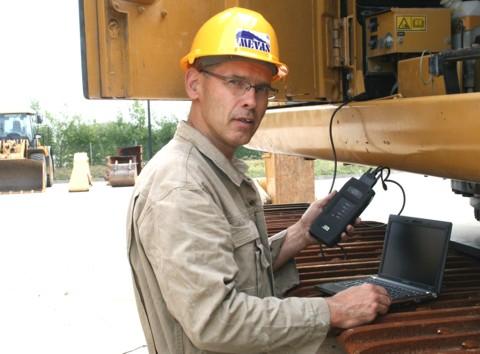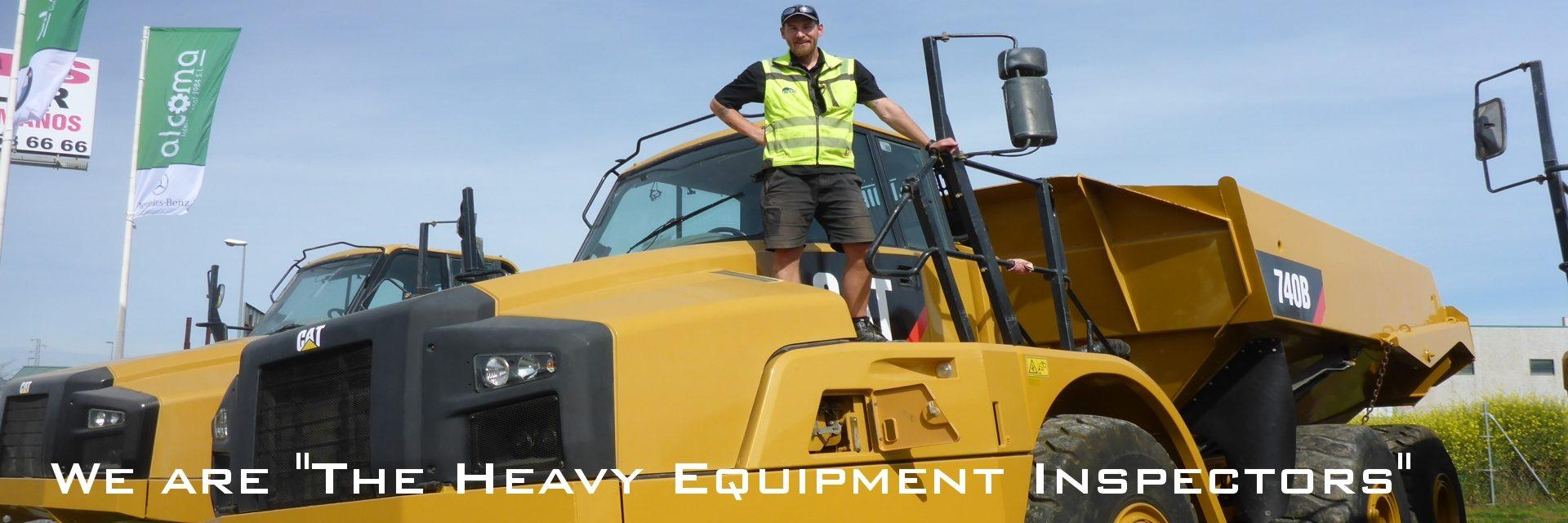Uncovering the Real-Life History of Used Equipment
When purchasing used construction equipment, especially machinery with multiple previous owners, accurately determining its operating hours can be challenging. Over time, machines may undergo component replacements, have their hour meters swapped out, or even be assembled from parts of other machines. The main components, such as engines, hydraulic pumps, and transmissions, typically have a lifespan of 10,000 to 20,000 operating hours, and replacing them can be costly. Knowing how many hours each component has operated is essential.

Unfortunately, some machines may have had their hour meters replaced or even manipulated to show fewer hours than they’ve actually been used. This can mislead buyers and inflate the machine’s market value. So, how can you ensure that a machine’s recorded hours are accurate?
Verifying Operating Hours: What Are Your Options?
There are several ways to uncover a construction machine’s true history:
- Consult Authorized Dealers: The simplest method is to contact an authorized dealer for the machine’s brand. Many manufacturers maintain detailed service records, often accessible through dealer databases. For example, Komatsu stores this data through the Komtrax system.
- Access Product Status Reports: Some brands, like Caterpillar and Volvo-CE, offer downloadable product status reports, known as PSR or MATRIS reports. These reports provide insights into fuel consumption, historical temperature and pressure data, and other valuable metrics. Key operational events are time-stamped with specific operating hours, allowing you to verify if the displayed hours align with the machine’s actual usage. For Caterpillar, these reports can even include serial numbers for original components like the engine and transmission.
- Send an Inspection Service to Check the Equipment: An experienced technician can perform a thorough inspection to determine the actual condition of the machine. They can determine whether the condition of the drives, the engine exhaust and the machine’s performance match the operating hours.

Who Can Help with This Verification?
If the machine remains in the same country where it was recently used, obtaining data from the local dealer is usually possible, although dealer cooperation can vary. If a dealer is uncooperative, you may need to get creative in finding alternative sources of information.
For larger machines, like quarry dump trucks or open-pit mining excavators, previous users often maintain component history logs. These documents record when major parts, such as engines, gearboxes, or axles, were replaced or overhauled, which can further verify the machine’s operational history.
What measures can you take yourself?
Before you buy a machine or hire an external inspector to carry out the inspection, it is advisable to clarify a few things yourself. Ask the seller for documents that prove the machine’s service history. Ask for pictures of the machine’s and engine’s serial number plates. Consider whether the stated operating hours match the machine’s age. Use Google to see if the machine’s serial number is known, e.g. from an auction. Be especially careful if the deal looks too good.
How MEVAS Can Assist in Verifying Operating Hours
When you choose MEVAS to inspect a used construction machine, you benefit from our industry connections and specialized knowledge. Our inspectors are equipped with diagnostic tools for Caterpillar machines and some Volvo CE models. In cases where we don’t have direct access to a brand’s diagnostic tools, we can reach out to local dealers on your behalf to inquire about available data.
With a MEVAS inspection, you’ll receive an assessment of whether the condition of key components aligns with the machine’s displayed operating hours. As independent inspectors since 2006, we bring both expertise and integrity to every inspection. We can also guide you toward trusted dealers with reputable equipment or, conversely, advise caution when a machine supplier requires extra scrutiny.
Read or Download the article as a PDF file here.
Follow our Newsletter about Used Machinery Inspection Topics
The Mevas Newsletter about Used Machinery Inspection Topics can also be found on the Plant & Equipment Website. If you are a LinkedIn user there is even more content about Used Equipment Inspections. But you must be logged in to read it.

